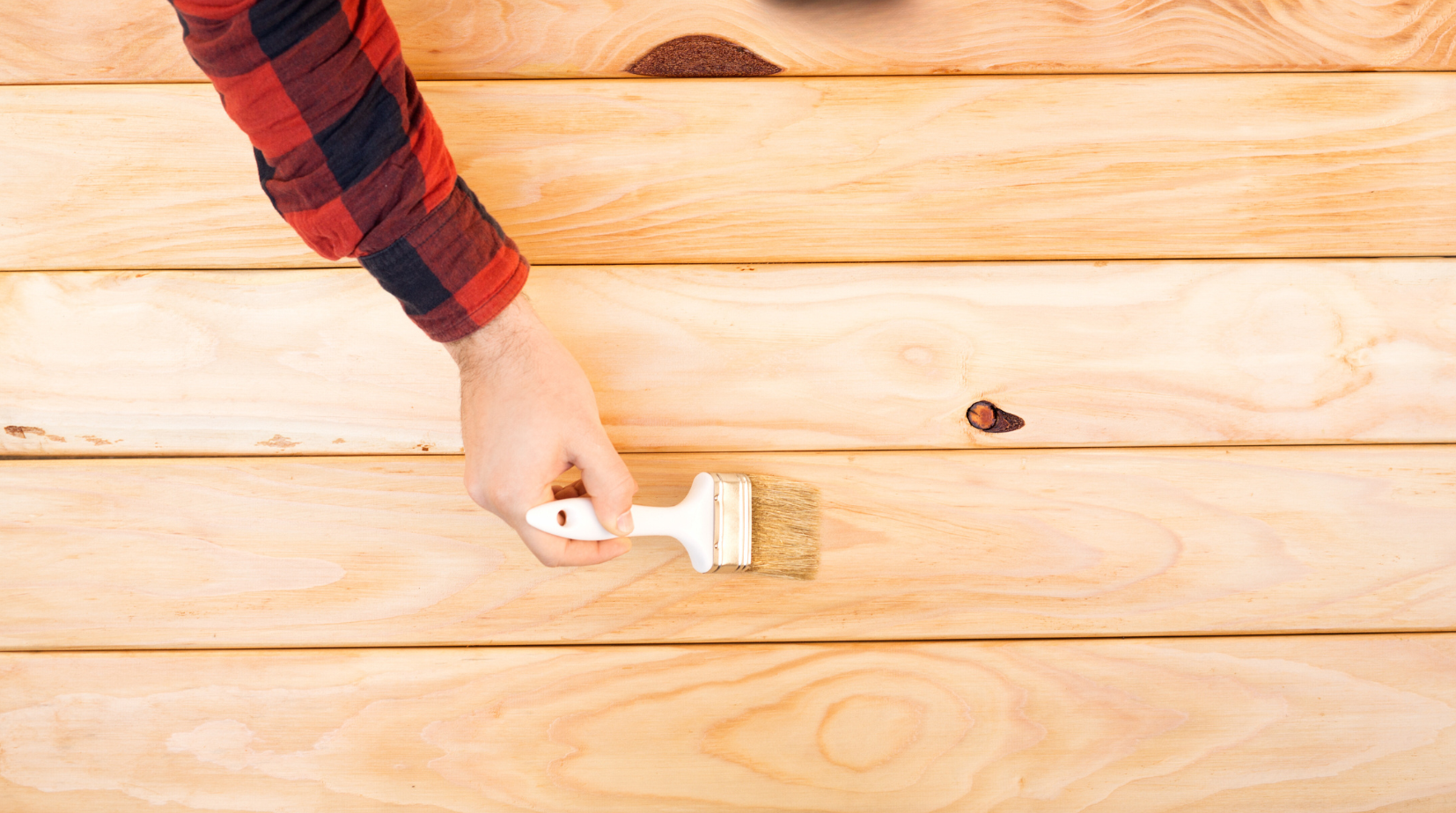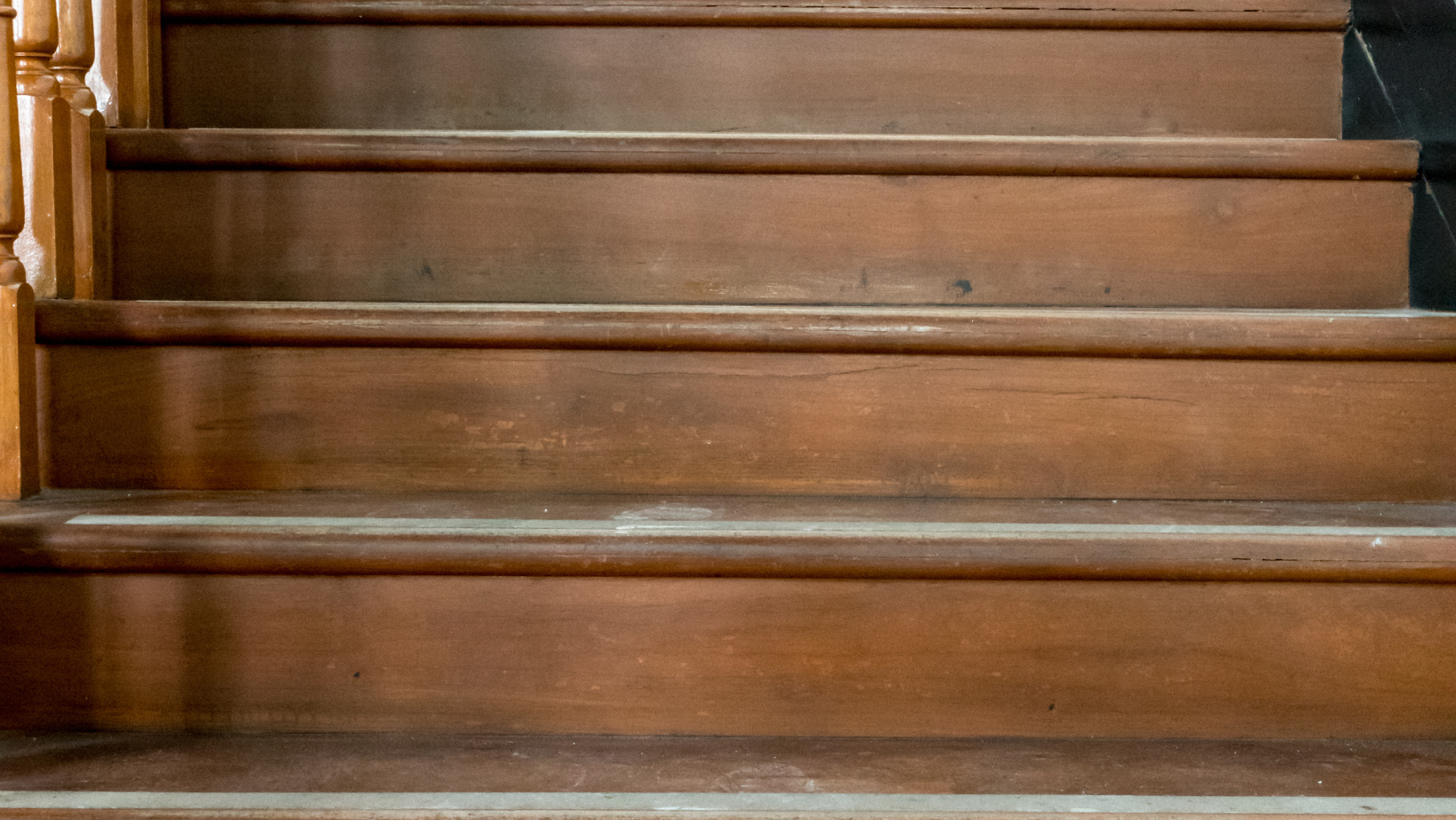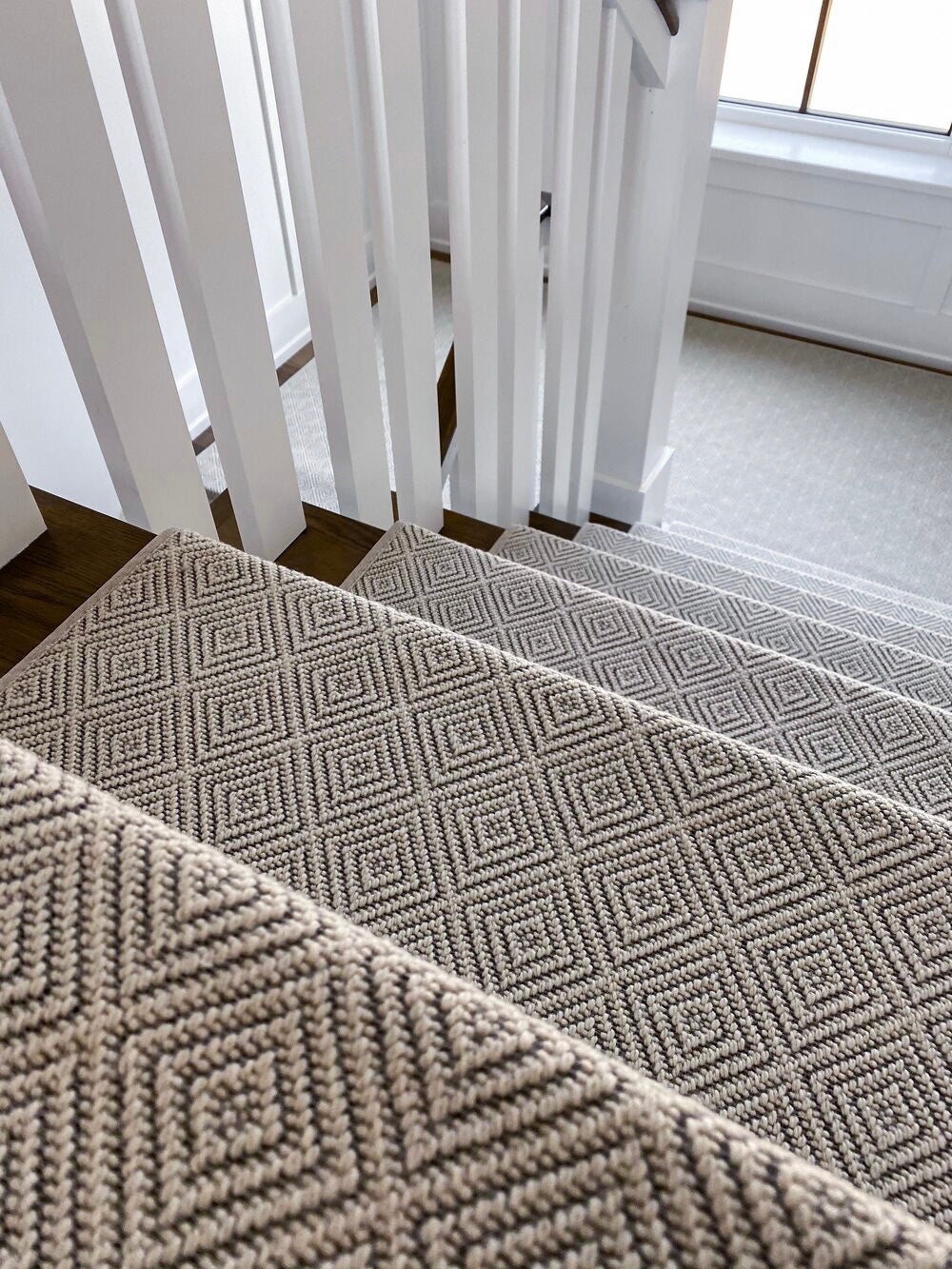Understanding how far can stair treads span is essential when designing or renovating a staircase.
Most wooden stair treads can span up to 36 inches without extra support, while reinforced materials may extend to 48 inches.
If the span is longer, additional reinforcement or high-strength materials may be necessary.
For homeowners looking to enhance safety and style, carpet stair treads offer a practical solution.
These treads provide better grip, reducing the risk of slipping while adding a refined look to the staircase.
Choosing the right materials and support ensures durability, safety, and long-term performance.
Factors That Influence Stair Tread Span
The distance a stair tread can span without support is determined by multiple factors, including the material, the weight it must bear, and the number of support structures in place.
1. Material Type
Different materials have different load-bearing capacities, which influence how far they can span without bending or breaking.
-
Wooden Treads: These are the most common in residential staircases. A typical hardwood stair tread can span 36 inches without additional support. However, softer woods like pine may require extra reinforcement.
-
Metal and Composite Treads: Metal stair treads, as well as reinforced composite materials, are capable of spanning up to 48 inches or more without flexing. These materials are more common in commercial or industrial settings.
-
Concrete Treads: Concrete stairs are highly durable and can often extend beyond 48 inches, especially when reinforced with steel rebar.
2. Load and Foot Traffic
The frequency and type of usage affect how far stair treads can span.
Stairs in high-traffic areas or those subject to heavy loads (such as in commercial buildings) may require shorter spans with added support to maintain stability.
-
Residential Use: Most homes use treads that span between 36 and 42 inches, providing a balance between structural integrity and aesthetic design.
-
Commercial Use: Staircases in office buildings, malls, or other high-traffic areas need stronger materials and may use reinforced treads that can extend up to 48 inches or more.
How Far Can Stair Treads Span Without Support?
The span of stair treads depends largely on the material used and the expected load.
Below are general guidelines for different materials:
-
Wooden Treads: Standard residential staircases typically allow wooden treads to span up to 36 inches without additional support. Extending beyond this increases the risk of flexing or breaking, particularly with frequent use or heavy loads.
-
Metal and Composite Materials: These materials can often span longer distances, sometimes up to 48 inches or more, depending on their thickness and structural composition.
A properly supported tread span helps maintain stability and prevents deflection or damage over time.
How Long Can Stair Treads Be?
The length of stair treads varies based on building design and space limitations:
-
Standard Residential Treads: Typically range from 10 to 11 inches deep, balancing safety and comfort.
-
Commercial or Public Buildings: These treads may be deeper, extending to 12 inches or more to accommodate higher foot traffic and improve ease of use.
While deeper treads provide more foot space, they must be adequately supported to ensure long-term durability.
Can a Stair Tread Be 12 Inches?
Yes, stair treads can be 12 inches deep, particularly in commercial settings or custom residential designs where additional depth enhances safety and comfort.
However, several factors should be considered:
-
Building Codes: Always check local regulations to ensure compliance with safety and construction standards.
-
Space and Design: Larger treads require more space per step, which can increase the overall footprint of the staircase.
Why Proper Measurement of Stair Treads is Crucial
To ensure your stair treads fit correctly and offer the necessary stability, accurate measurement is critical.
Understanding how to measure and cut stair treads properly ensures that they align with stringers, provide a secure walking surface, and meet building codes.
How to Measure Stair Treads Accurately
Before cutting stair treads, you need precise measurements to avoid installation issues.
-
Width Measurement: Measure the horizontal distance between stringers or the staircase’s inner edges where the treads will be placed.
-
Depth Measurement: Use a tape measure to determine the depth from the front to the back of the tread, ensuring it matches the intended span.
-
Consistent Sizing: Double-check measurements for consistency across all treads to prevent misalignment.
How to Cut Stair Treads for a Perfect Fit
After measuring, cutting the stair treads correctly ensures a secure and professional-looking installation.
-
Marking the Measurements: Use a pencil and a straight edge to mark exact dimensions on the tread material.
-
Using the Right Tools: A circular saw or miter saw is ideal for cutting stair treads. Ensure the blade is sharp and suitable for the type of material.
-
Sanding and Finishing: Once cut, sand the edges to smooth out rough areas and prevent splintering, especially for wooden treads.
Ensuring Structural Integrity with Adequate Support
Proper support systems are essential to prevent sagging, flexing, or eventual failure of stair treads.
-
Stringers: Stringers provide primary support. Wider stairs may require additional stringers to prevent excessive tread deflection.
-
Support Blocks: Installing support blocks between stringers reinforces the structure, particularly for wider or longer treads.
-
Material Choice: Choosing high-strength materials or composites ensures durability, especially for longer spans.
Additional Considerations for Stair Tread Installation
-
Adhesive and Fastening Methods: Depending on the material, stair treads can be secured using nails, screws, or specialized adhesives. Peel-and-stick adhesive-backed stair treads offer a secure and convenient option for DIY installations.
-
Building Code Compliance: Regulations vary by location, so checking local building codes is necessary to ensure legal and safe stair construction.
Common Mistakes to Avoid When Installing Stair Treads
Mistakes in measuring, cutting, or installing stair treads can compromise the stability and appearance of the staircase.
Avoid the following errors:
-
Inaccurate Measurements: Even a small miscalculation can lead to misaligned treads. Always measure twice before cutting.
-
Using Inadequate Support: Skimping on stringers or reinforcement can lead to treads sagging over time.
-
Ignoring Safety Standards: Building codes exist for a reason—following them ensures a safe and compliant staircase.
Choosing the Right Materials for Longer Stair Tread Spans
The material you choose plays a crucial role in determining how far can stair treads span without support.
Stronger materials allow for longer spans, while weaker materials may require additional reinforcement.
Best Materials for Durability and Strength
-
Hardwood: Hardwoods like oak, maple, and hickory offer excellent durability and can typically span up to 36 inches without extra support.
-
Engineered Wood: More stable than solid wood, engineered wood reduces warping and can support longer spans with proper reinforcement.
-
Metal and Composite: Metal and high-quality composite materials can span up to 48 inches or more, making them ideal for commercial or high-traffic areas.
-
Concrete: Used in modern designs, concrete stair treads are highly durable and capable of supporting long spans with minimal flexing.
The Impact of Stair Tread Thickness on Span Length
The thickness of the stair tread is just as important as the material in determining span length.
Thicker treads provide more stability and reduce the risk of bending under weight.
Recommended Stair Tread Thickness for Different Spans
-
1 Inch Thick: Suitable for spans up to 36 inches with proper stringer support.
-
1.5 Inches Thick: Can extend beyond 36 inches but may require additional bracing.
-
2 Inches or More: Allows for longer spans, often exceeding 48 inches, particularly in metal or composite materials.
Choosing the right thickness and material ensures your staircase remains strong, safe, and long-lasting.
Steps To Success
Knowing how far can stair treads span helps ensure a safe and long-lasting staircase.
Proper reinforcement, material selection, and adherence to building codes prevent sagging and instability.
By choosing quality materials and correct installation techniques, you can maintain both function and style.
Adding carpet stair treads can further enhance safety and comfort while complementing your home’s design.
Whether upgrading an existing staircase or building a new one, careful planning is key.
With the right approach, you can achieve a secure, stylish, and durable stairway for years to come.
-
Website: https://oakvalleydesigns.com/
-
Phone: 706.331.0315
-
Email: info@oakvalleydesigns.com
-
Address: 30 River Ct SW Bldg E Cartersville, Ga 30120




